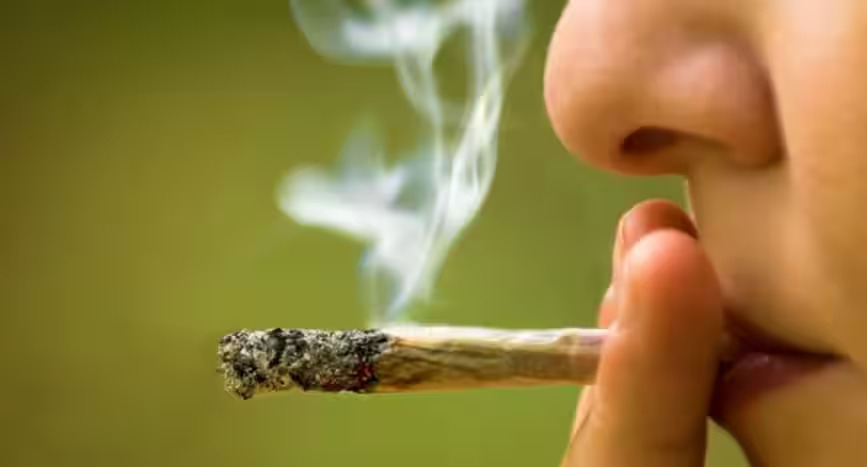A recent analysis published in the journal Addiction reveals a significant shift in substance use patterns in the United States, with more Americans now reporting daily or near-daily marijuana use compared to alcohol. Conducted by Carnegie Mellon University researcher Jonathan Caulkins, the analysis examined data from the National Survey on Drug Use and Health spanning over four decades.
In 2022, approximately 17.7 million individuals reported using marijuana daily or near-daily, surpassing the 14.7 million who reported similar levels of alcohol consumption. This marks the first time in about 30 years that daily marijuana use has exceeded that of alcohol. The trend indicates a notable increase in cannabis use frequency, with over 40% of marijuana users now consuming the drug daily or near-daily, compared to earlier periods where such high-frequency use was less common.
The rise in marijuana use coincides with shifts in cannabis policy, with consumption patterns showing a correlation with periods of policy liberalization. Notably, the analysis highlights that while alcohol remains more widely consumed overall, high-frequency drinking is less prevalent compared to high-frequency marijuana use.
Furthermore, the study underscores changes in age demographics associated with marijuana use. Contrary to the perception of cannabis as primarily a young person’s drug, individuals aged 35 and older now account for a significant portion of marijuana consumption.
This analysis comes amid significant federal developments regarding marijuana policy. The U.S. Department of Justice recently proposed reclassifying marijuana from a Schedule I to a Schedule III drug, signaling a shift in federal regulations. This move could potentially lead to increased research, medical applications, and changes in criminal penalties related to marijuana.
As of now, recreational and medical marijuana is legal in numerous states, with an increasing number moving towards legalization or decriminalization. The reclassification of marijuana at the federal level is anticipated to further bridge the gap between federal and state cannabis laws, potentially unlocking new opportunities for medical use, research, and investment in the cannabis sector.
